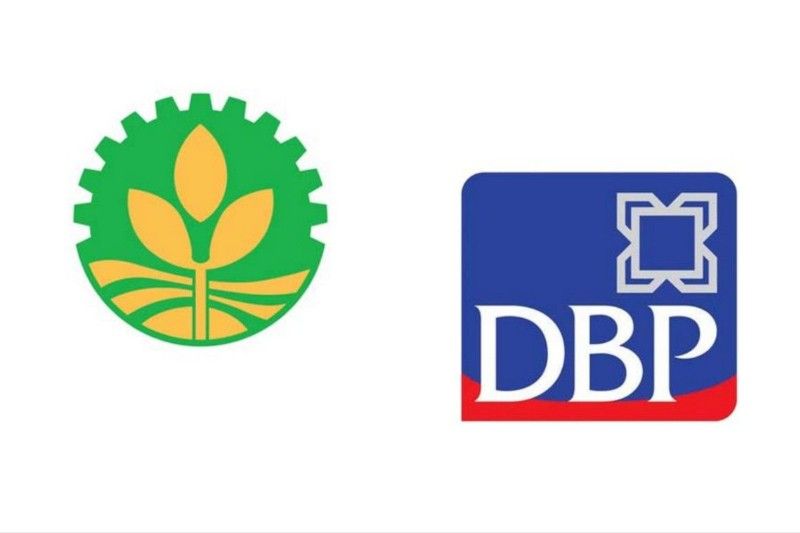Marcos Jr. admin approves Landbank, DBP merger

MANILA, Philippines — The Marcos Jr. administration gave the go-ahead on Tuesday to merge two state-owned banks, Development Bank of the Philippines and Landbank of the Philippines, despite opposition in the past.
Finance Secretary Benjamin Diokno defended the plan in a noontime Malacañang briefing on Tuesday. The longtime bureaucrat said the merger made sense now, considering the backdrop of financial turmoil roiling the global banking sector these days.
“Given what’s happening now, banks closing now, there’s really a strong need for solidifying the government bank,” he said.
The merger came at the intersection of a banking crisis taking shape globally.
Tech sector lender Silicon Valley Bank collapsed on March 10 after a bank run, precipitated by exposure to aggressive interest rate hikes undertaken by the US Federal Reserve to combat inflation. The meltdown facilitated the failure of more US-based banks. Outside the US, giants such as Credit Suisse threw in the towel as well.
Zooming out, once the merger is complete, it would effectively create the largest banking entity in the country. An exclusive story published by the Philippine Daily Inquirer in early March indicated that the plan would consolidate the assets of DBP and LBP, totalling at least P3.8 trillion.
As it is, the merger was supposed to take off in 2016, towards the waning months of the Aquino administration. The Governance Commission for GOCCs, an oversight body for government-owned or -controlled corporations, dropped the implementation of Executive Order 198 when the previous Duterte administration stepped into power.
At the time, an en-banc resolution detailing the plan was signed by former Finance Secretary Carlos Dominguez III and then Budget Secretary Diokno, both ex-officio members of the GCG at that time, among others.
Dominguez, sitting in Diokno’s current position, explained that the merger “will not serve the public’s interest” since these two banks had different functions. LBP caters to the needs of the agriculture sector, while the DBP hands out development loans for sector in its capacity as a development bank.
Dominguez also countered assertions of the late President Benigno Aquino III that merging these two banks did not need the approval of Congress.
LBP was legislated into existence in 1963 under the Macapagal administration while the DBP was birthed initially as the Rehabilitation Finance Corporation under the Roxas administration.
Shifting positions
Even President Ferdinand Marcos Jr. had, in the past, voiced loud opposition to the merger pushed by the late President Aquino. When he was gunning for the vice presidency in 2016, then-Senator Marcos said a merger between the two banks will cut much-needed support to farmers, as he believed this move will result in a commercial bank.
That said, Diokno defended the consolidation saying it will free up taxpayers’ money that could be used for socioeconomic programs such as healthcare and education.
Diokno reiterated that the plan was consistent with the Marcos Jr. administration’s plan to rightsize the bureaucracy.
The merger could prove painful as many government workers could lose their jobs in the process. To this end, Diokno said that the merger could possibly reduce the number of bank branches.
Likewise, the merger will see to it that there would be “liberal separation packages,” as Diokno put it. Employees that will be affected could opt for these voluntary retirement packages, retiring with sizeable pensions from the Government Service Insurance System.
The merger is expected to take effect this year, with no definite timelines.
- Latest
- Trending
































